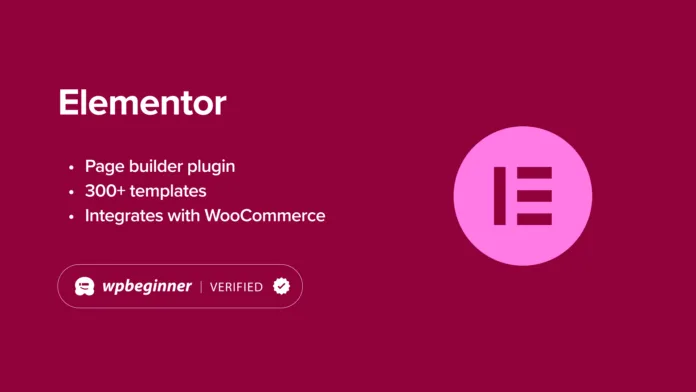
Designing a homepage used to be a technical task that required coding skills and expensive software. But now, with tools like Elementor, anyone can build homepage with Elementor easily—no coding required. Whether you’re launching a blog, portfolio, or business site, Elementor gives you full control over the look and layout of your homepage.
In this article, we’ll walk you through a step-by-step Elementor tutorial for beginners to help you create a stunning, fully functional homepage in WordPress.
Why Use Elementor to Build Your Homepage?
Elementor is one of the most powerful WordPress page builders available today. It offers a drag-and-drop interface, pre-designed templates, and advanced styling options—all of which allow you to design a professional homepage without touching a single line of code.
Here are a few reasons why Elementor stands out:
Real-time editing with visual feedback
Dozens of widgets and design elements
Mobile-responsive controls
Easy integration with WordPress themes and plugins
Compatibility with WooCommerce for online stores
Step-by-Step Guide: How to Build Homepage with Elementor
🧩 Step 1: Install and Activate Elementor
Start by installing the Elementor plugin from your WordPress dashboard.
Go to Plugins > Add New
Search for “Elementor”
Click Install Now and then Activate
You can use the free version, but upgrading to Elementor Pro unlocks advanced features like theme builder and custom headers.
🎨 Step 2: Create a New Page and Set It as Your Homepage
Navigate to Pages > Add New
Title your page something like “Home”
Click Edit with Elementor
After designing the page, go to Settings > Reading and select this page as your static homepage.
🧱 Step 3: Choose a Page Layout
When the Elementor editor opens, click the gear icon in the bottom-left corner and select a layout:
Elementor Canvas – Removes header/footer (great for landing pages)
Elementor Full Width – Keeps header/footer, full-width content
Most users choose Full Width for homepages to maintain consistency.
🖼️ Step 4: Add a Hero Section
A hero section is the topmost area of your homepage. It should be visually engaging and clearly communicate your brand.
Use a two-column layout
Add a headline on the left
Insert an image or background video on the right
Use a Call-to-Action (CTA) button like “Get Started” or “Learn More”
Make sure your hero section is mobile-optimized using Elementor’s responsive controls.
🧩 Step 5: Add Key Homepage Sections
After your hero area, add the following sections to create a complete, informative homepage:
✔️ About Section
Introduce your brand or yourself. Use a combination of text, icons, and imagery.
✔️ Services or Features
Use icon boxes or columns to highlight services, features, or offerings.
✔️ Testimonials
Build credibility by adding client feedback. Elementor offers testimonial widgets that look professional out of the box.
✔️ Portfolio or Gallery
Display your previous work using the Image Gallery or Portfolio widget (available in Pro).
✔️ Contact Section
Add a contact form, map, or even a WhatsApp button (via third-party widgets).
🎨 Step 6: Style Your Homepage
Styling is key to a stunning homepage. Here are a few Elementor layout design tips:
Use consistent color palettes and typography
Keep enough white space for visual comfort
Add motion effects like fade-in or slide-up
Optimize image sizes to improve loading speed
📱 Step 7: Make It Responsive
A crucial part of modern web design is ensuring that your homepage looks great on all devices.
Elementor lets you switch between desktop, tablet, and mobile views. You can adjust padding, margin, text size, and alignment individually for each device. This ensures a smooth, responsive homepage design that works on any screen.
🚀 Step 8: Preview and Publish
Once everything is in place:
Click the eye icon to preview your homepage.
Review on different screen sizes.
Click Publish when you’re ready to go live.
Your homepage is now live and ready to impress visitors!
🧠 Bonus Tips for a Better Homepage
Use clear and readable fonts
Make your CTA buttons stand out
Keep the content scannable with headings and bullet points
Test page speed with tools like PageSpeed Insights
Use global settings to keep your site design consistent
Final Thoughts
With Elementor, designing a homepage has never been easier. Whether you’re a small business owner, blogger, or freelancer, you can now build homepage with Elementor in just a few hours. Follow this guide and start crafting a homepage that not only looks beautiful but also converts visitors into leads or customers.
The WordPress page builder landscape continues to evolve, but Elementor remains a top choice for its ease of use and powerful features. Start experimenting, and you’ll quickly discover the endless possibilities at your fingertips.